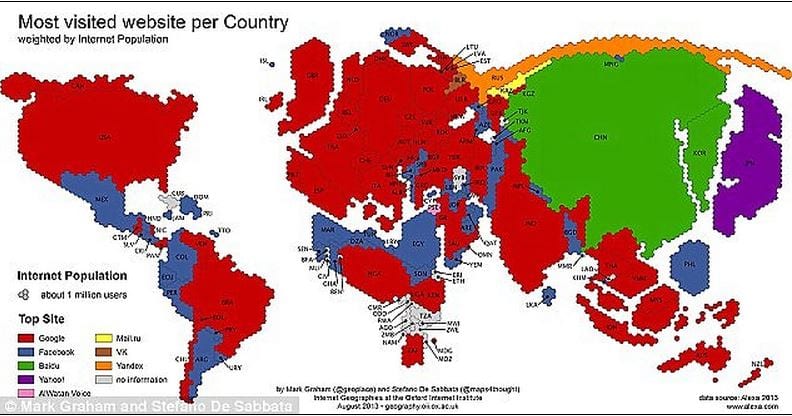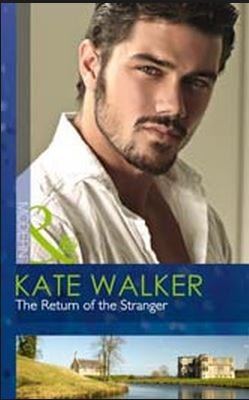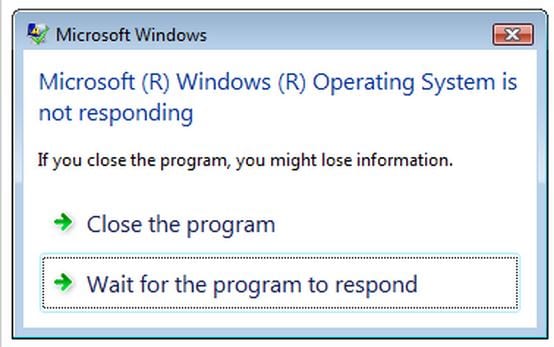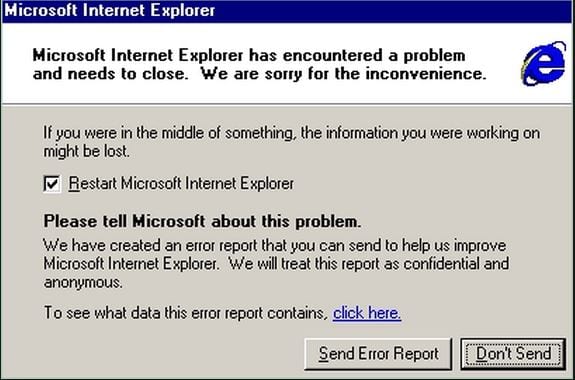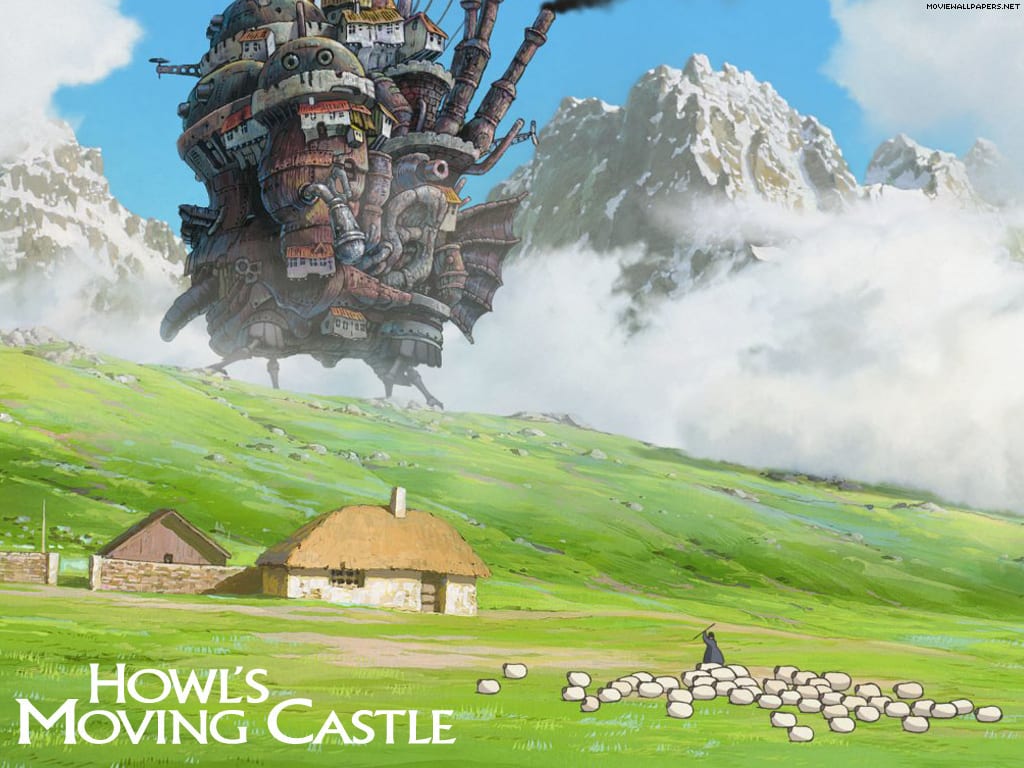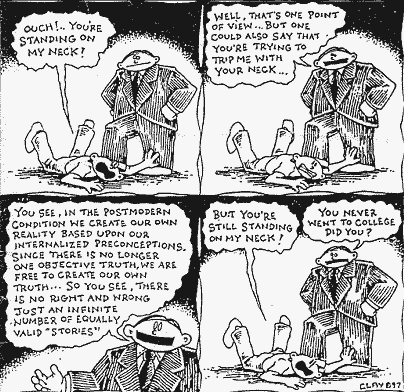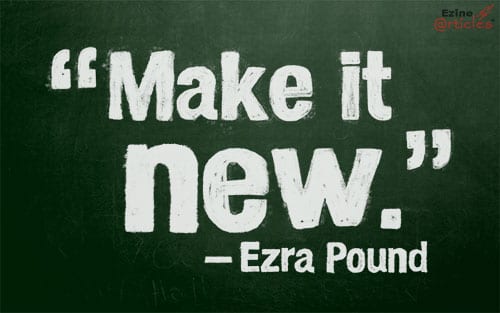
Make it New was a Modernist slogan, in particular for Ezra Pound. Early 20th century poets challenged the loose flowing vocabularies of Tennyson and Longfellow, preferring directness, a minimum of words for maximum effect. Modernist poetry is epitomised in Pound’s Station of the Metro and William Carlos Williams’ Red Wheebarrow. There’s a lot to learn from poets who are constantly making it new and doing things differently.
For a few months MOOC made it new. The MOOC front is quiet now. When the BBC News reported last week’s launch of the UK consortium FutureLearn the hype and fanfare were missing. Yet MOOC are valuable learning tools for higher education. All staff interested in blended or distance learning should do a MOOC.
For myself, poetry and MOOC connect through Modern and Contemporary American Poetry; a Coursera MOOC. It began its second run a few weeks ago. ModPo was my first encounter with MOOCing. I revisted the ists – imagists, modernists, confessionalists. I’m hanging around again, seeing what’s changed. Similar resources. The assessments seem more structured – peer review and comprehension-type multiple choice which require engagement with the content. ModPo uses a range of different materials; text, image, video, audio, discussion and live webcasts (available afterwards through You Tube) and is run by Al ‘You can call me Al’ 🙂 Filreis (He really does say this!)
The University of Lincoln Academic Workload Model 2014/15 (draft) contains six categories of academic activity. Under Formal Scheduled Teaching Duties (FSTD), the eighth category is ‘scheduled time spent on distance learning supervision and guidance’. None of the seven categories under Teaching Related Duties (TRD) mention online, nor does the word appear anywhere else in the documentation. This suggests the reality of online learning in terms of preparation and practice has not yet filtered through to process at Lincoln. I’m searching for data comparing workloads between face to face and online teaching. One paper suggests online instructors spend three times more time than face-to-face instructors evaluating student work. but this doesn’t take into account preparation, facilitation, admin and performance tracking (got to love the language of a VLE!) I wonder if the apparent scarcity of literature reflects the lack or the nature of online learning. Either way, MOOC show possibilities. With the current shift toward blended and distance learning they have much to teach us – for free – about how to construct and facilitate virtual learning opportunities. MOOC praxis challenges what it means to learn; turning tradition up side down.
Digital Education is not about replicating what is already being done but rethinking and reinventing how we might teach and learn in the future. ‘The challenge is to systematically explore the integration of pedagogical ideas and new communications technology that will advance the evolution of higher education as opposed to reinforcing existing practices.’ (Garrison et al., 2010, p. 31)
As the gap between the rhetoric and the practice of digital education widens, questions are being asked about the failure of virtual learning to fulfil its promise*. In this space, MOOCs offer valuable opportunities to engage with alternatives. To do it differently. Make it new. Call on Al…
———————————————————————————————————————————————————————-
Garrison, D. R., Cleveland-Innes, M., & Fung, T. S. (2010). Exploring causal relationships among teaching,cognitive and social presence: Student perceptions of the community of inquiry framework. The Internet and Higher Education, 13(1-2), 31-36.
———————————————————————————————————————————————————————-
* Feenberg, A and Freisen, N. (eds) (2012) (Re)Inventing the Internet: Critical Case Studies. Rotterdan: Sense Publishers
Feenberg, A. (2011) Agency and Citizenship in a Technological Society. Lecture to the Course on Digital Citizenship, IT University of Copenhagen, 2011. http://www.sfu.ca/~andrewf/copen5-1.pdf
Freisen, N. (2008) Critical Theory. Ideology, Critique and the Myths of E-Learning. Ubiquity vol 9 issue 22
Reeves, T. C., McKenny, S. and Herrington, J. (2010) Publishing and perishing: The critical importance of educational design research. Australasian Journal of Educational Technology 2011, 27(1), 55-65
Saljo, R. (2009) Digital tools and challenges to institutional traditions of learning: technologies, social memory and the performative nature of learning. Journal of Computer Assisted Learning, (2012) 26, 53-64

